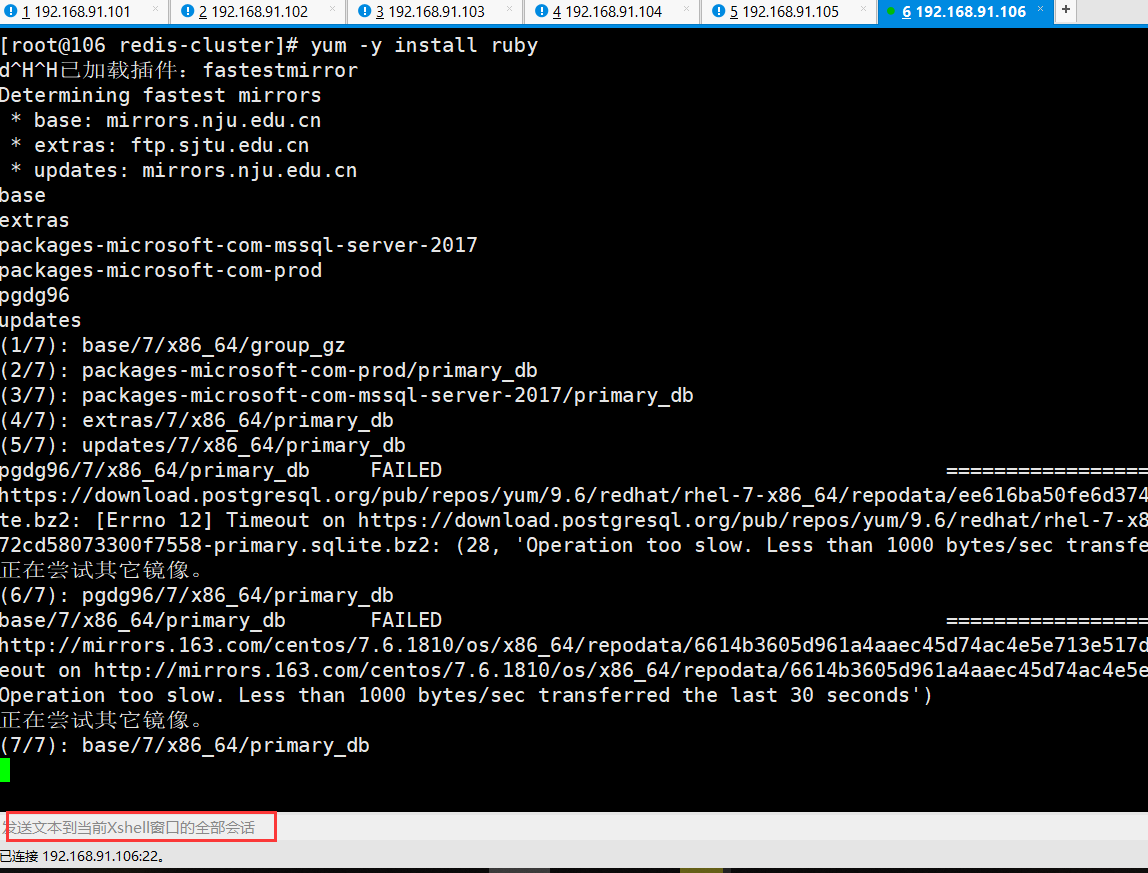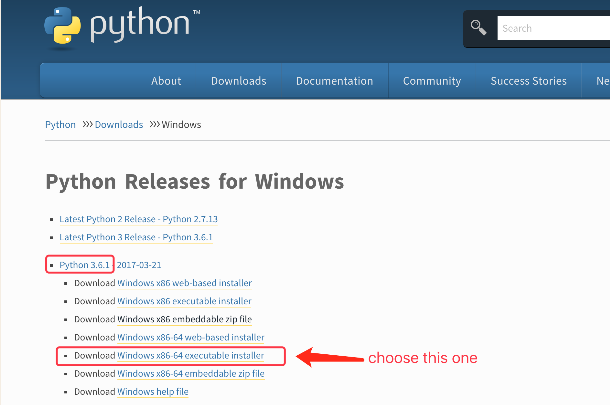我一直在玩数组,并发现自己在理解以下代码时遇到了麻烦:
first_array = [] second_array = [] third_array = [] # I initialized 3 empty arrays third_array << [1,2,3,4,5,6,7,8,9] # I loaded 1..9 into third_array[0] puts third_array.size # => 1 first_array << third_array # 1..9 was loaded into first_array[0] second_array += third_array # 1..9 was loaded into second_array[0] puts first_array == third_array # false puts second_array == third_array # true puts first_array == second_array # false puts first_array.size # 1 puts second_array.size # 1 puts third_array.size # 1
这件事发生了什么?
second_array += third_array # I have no clue
为什么并非所有阵列都相互相等?
解决方法
他们表现出相当不同的行为一个创建并分配一个新的Array对象,另一个修改现有的对象.
=将与second_array = second_array third_array相同.这会将消息发送到second_array对象,并将third_array作为参数传递.
根据文档Array.+返回通过连接两个数组构建的新数组对象.这将返回一个新对象.
Array.<<只需将参数推送到现有数组对象的末尾:
second_array = [] second_array.object_id = 1234 second_array += [1,4] second_array.object_id = 5678 second_array << 5 second_array.object_id = 5678
参数的添加方式也有所不同.通过添加其他元素,它将有助于了解您的数组不相等的原因:
second_array = [1,3] # This will push the entire object,in this case an array second_array << [1,2] # => [1,[1,2]] # Specifically appends the individual elements,# not the entire array object second_array + [4,5] # => [1,2],5]
这是因为Array.使用连接而不是推送.与修改现有对象的数组Array.concat不同.返回一个新对象.
你可以想到一个Ruby实现,如:
class Array
def +(other_arr)
dup.concat(other_arr)
end
end
在您的特定示例中,您的对象在最后看起来像这样:
first_array = [[[1,9]]] # [] << [] << (1..9).to_a second_array = [[1,9]] # [] + ([] << (1..9).to_a) third_array = [[1,9]] # [] << (1..9).to_a


